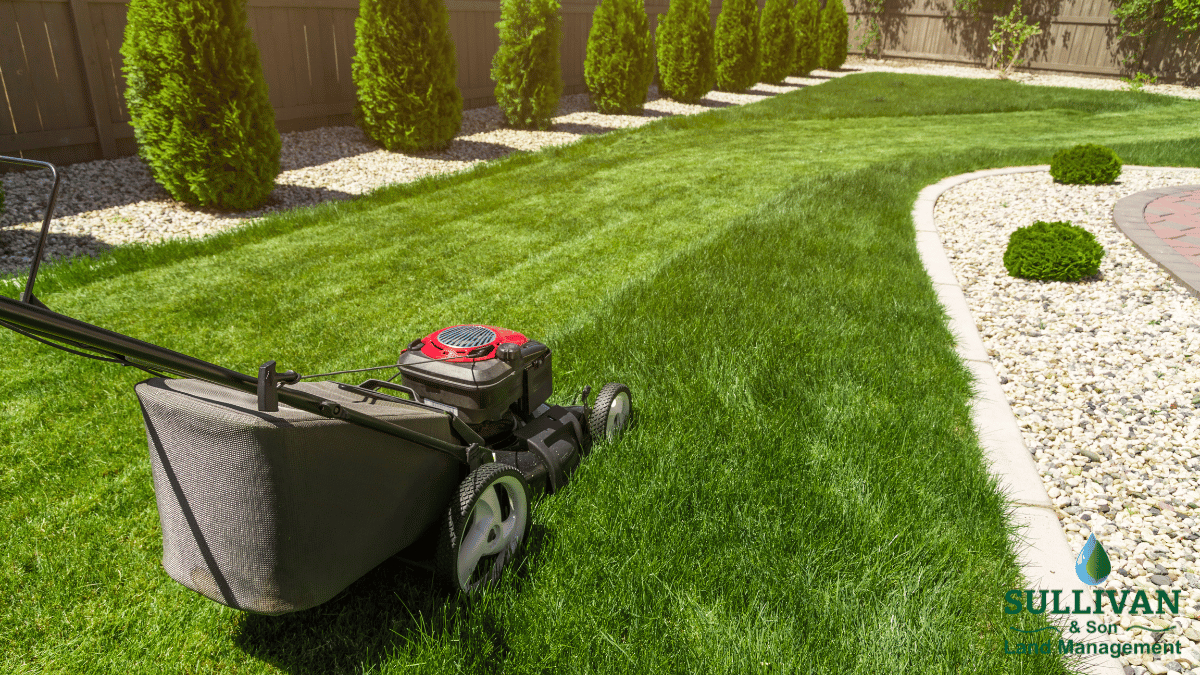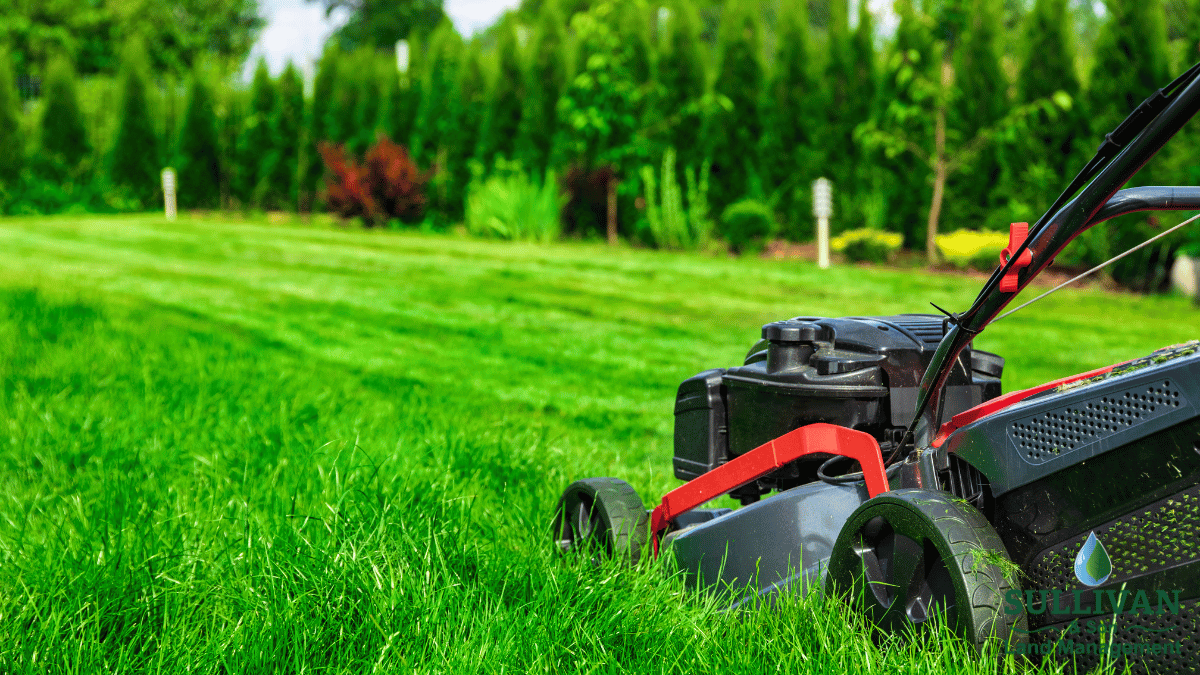You know the feeling when you drive up to one of those old New Canaan estates and the trees just feel right? That 150-year-old oak framing the entrance, or the twin maples creating a canopy over the driveway—they're not just landscaping. They're part of what makes the property what it is. And if you're responsible for maintaining a historic home, those big old trees need more than good intentions and an annual mulch refresh. They need actual care.
We work on a lot of historic properties around town, and here's what we've learned: the older the tree, the smaller your margin for error. One bad pruning cut, some root damage from a utility trench, or ignoring a crack in the trunk—any of these can start a slow decline that takes years to reverse, if you can reverse it at all. Sometimes the tree just comes down in the next ice storm, and you've lost something you can't replace.
The Quiet Problems Do More Damage
Storm damage is what most people worry about first. And yes, after a big wind event, you should walk your property and look for split branches, hanging limbs, or spots where roots have heaved up. Those are safety issues—call someone before anyone parks under that tree. But storms are obvious. The things that actually kill most mature trees are a lot quieter.
Soil compaction is a big one. We see it constantly when someone widens their driveway or a contractor parks equipment near a hundred-year-old beech. Tree roots need oxygen, and when you compact soil, you're suffocating them. The damage doesn't show up right away—it might be two or three years before the canopy starts thinning. By then, you're not preventing decline, you're managing it. If you're doing any construction, grading, or even storing materials near a mature tree, put temporary fencing around the dripline. It's not being precious, it's being smart.
Pests and diseases hit harder when trees are already stressed. Older trees are resilient, but they don't bounce back like young saplings. Last year we had a client with a gorgeous old sugar maple that looked fine in June and was half-dead by August. Turned out borers had been working on it, and by the time anyone noticed, the damage was done. An arborist would've caught it in spring. Sometimes the best tree work is just paying attention early.
What Actually Works (and When to Do It)
You don't need to fuss over these trees every week, but you do need a rhythm. In spring, have a certified arborist walk the property—not just when something looks wrong, but as a baseline check. Refresh mulch if it's thin, but keep it a few inches back from the trunk. Mulch volcanoes don't promote health, they promote rot. If it's a dry spring, water deeply. We're talking about a long, slow soak at the root zone, not ten minutes with a hose at the base.
Summer's mostly about staying alert. If you notice early leaf drop, branches dying back, or weird discoloration, don't wait until fall to deal with it. Mature trees struggle in drought—they've got massive canopies to support, and shallow watering doesn't cut it. A soaker hose running for an hour every week or two makes a real difference.
Fall is when you prepare for winter. Get dead branches removed, check for structural issues, and if you're planning any landscape work, finish it before the ground freezes. Winter itself is pretty low-maintenance, but after heavy snow, gently brush off what you can reach from the ground. Don't climb up there—you'll do more harm than good. And if a big limb comes down in a storm, pay someone to remove it properly. Chainsaws and tall ladders aren't for amateurs.
What It Comes Down To
Taking care of old trees on a historic property isn't complicated, but it does require attention. These are living things that are older than most of the houses in town, and they deserve some respect. Regular inspections, smart pruning when it's actually needed, and keeping construction equipment away from root zones—that covers ninety percent of it. If your soil's depleted, a targeted fertilization plan can help, but throwing down generic fertilizer is just guessing.
One more thing: if you're thinking about removing or heavily pruning a significant tree, check with the town first. New Canaan has tree warden ordinances, and some historic properties have additional restrictions. Better to know upfront than deal with it halfway through the project.
If you'd like us to come look at your property and give you an honest assessment of what your trees actually need—no pressure, no upselling—we're happy to do that. We've been working with New Canaan landscapes long enough to know which trees are worth fighting for, and how to keep them healthy without it becoming a second job for you.




